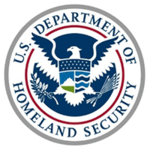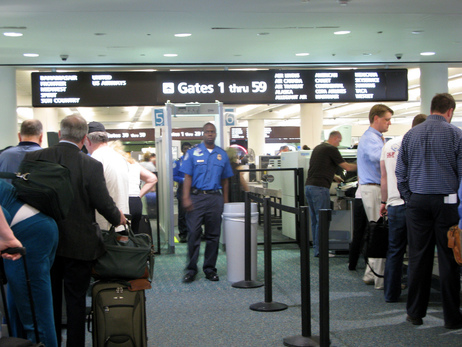Improving Airport Security with Better Algorithms
Published Apr-09-18Breakthrough:
The creation of new and better algorithms to automatically identify concealed items on passengers as they go through airport security scanners.
Company:
Department of Homeland Security/Transportation Security Administration, United States
The Story:
 Data science competitions are an increasingly popular way for companies to solve complex big data projects. They're relatively low cost and pit hundreds if not thousands of the smartest amateur and professional data scientists against each other.
Data science competitions are an increasingly popular way for companies to solve complex big data projects. They're relatively low cost and pit hundreds if not thousands of the smartest amateur and professional data scientists against each other. Contests can also deliver new perspectives that wouldn't necessarily emerge within an organization's four walls as well as bring new talent to the fore. For those that take part, the rewards can be manifold, including prize money, bragging rights, raised profiles, enhanced CVs and even job offers.
Improving Airport Security
In 2017 the Department of Homeland Security in the US offered a considerable prize pot of $1.5 million to data scientists who could help improve its threat prediction algorithms at airports. The aims were to speed passengers through airport security checkpoints, find better ways to assess body scans for threats and reduce the number of false alarms which create bottlenecks because they require manual screening. Even a modest decrease in the number of false alarms would greatly improve the passenger experience while maintaining high levels of security.
The Transportation Security Administration (TSA) is responsible for all airport security in the United States and screens more than two million passengers each day. The algorithms it currently uses come from the manufacturers of the scanning equipment, but these are proprietary, expensive and updated in long cycles. The TSA thinks there is a better way hence it stepped outside its normal procurement process to see what the crowd could come up with.
Developing Algorithms
The two-stage competition was hosted on Kaggle, an online platform for predictive modeling and analytics competitions. In the first stage, participants trained models and submitted them to a temporary leaderboard. In the second stage, they used their same models to make predictions on an unseen test set.
The data provided by the contest's organizers were scans of volunteers from the latest generation of scanners. Participants had to predict the probability that a threat was present in each of 17 body zones such as right bicep, upper chest, lower right thigh, groin, upper back and left calf.
Prize-Winning Algorithms
A total of 518 teams took part in the challenge and the final results were determined by leaderboard ranking on the private leaderboard. The top eight teams - the gold placed winners - shared the $1.5 million prize money with idle_speculation picking up the winner's check for $500,000, serg14 winning $300,000 for coming second and David O. and Thomas A. collecting $200,000 for third place.
Following the announcement of the winning teams, the DHS reached out to them for additional information about their algorithms.
Next Story »

